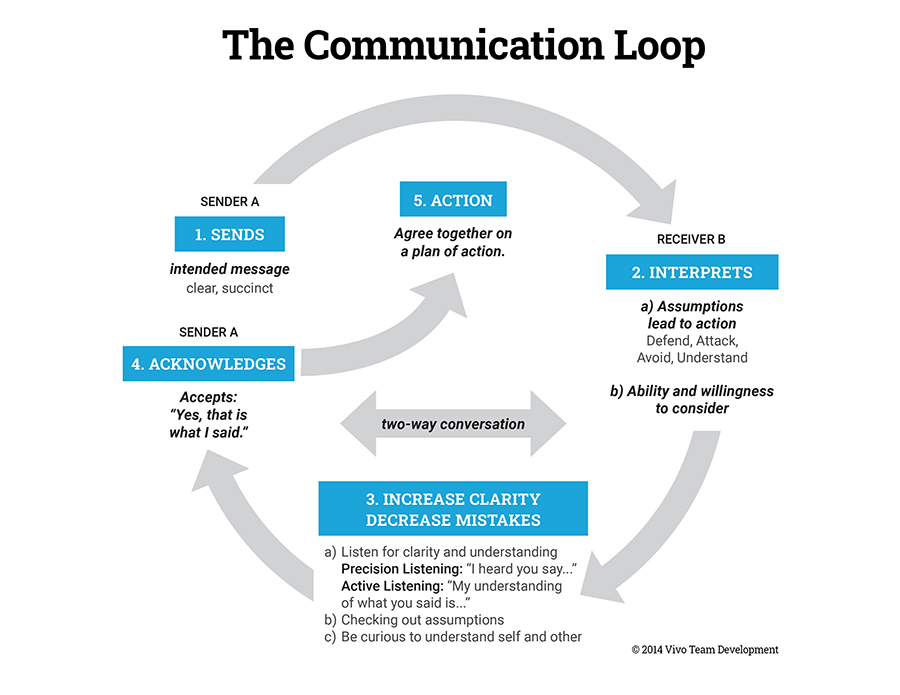Developing the Modern Learner
By Renée Safrata, Founder and CEO, Vivo Team
The leadership training industry has proliferated, with the rise of online, hybrid, and live, virtual instructor-led training. In a saturated field, what do you look for? How do you know what’s right for you and your teams and leaders?
Today, the “modern learner”, as Josh Bersin, Principal and Founder of Bersin by Deloitte describes, is impatient, distracted, and overwhelmed. The modern attention span is fractured at best–“most learners won’t watch videos longer than four minutes” (Bersin).
With 66% of knowledge workers claiming they don’t have time to do their work (The Modern Learner infographic), frequent interruptions (as often as once every 5 minutes!), and a 5-10 second window to catch one’s attention online (Bersin), catering to the infinitely distracted, impatient, and overwhelmed is more important than ever before.
So whether you’d like to accept it or not, successfully harnessing the meaningful and mindful attention of your employees and team(s) requires active and deliberate effort, response, and understanding. You have to be ready, willing, and prepared to course correct, adapt, and change with the times.
It’s essential that your leadership/management training takes these elements into consideration and is designed for the modern learner; otherwise, your investment will become just another item on your employees’ never-ending “To Do” lists, and another factor fueling this always-on, overwhelmed state of “I’m too busy”.
Vivo Team, under the guidance and research of EVP, Dr. Jim Sellner, has spent the last 10+ years developing the ideal methodology; it is simple, and three-fold: (1) diagnose, (2) train, and (3) track. This approach enables measurable performance and outcomes.
We use people analytics; live, virtual instructor-led training (Live VILT); and spaced learning to ensure the modern learner is present, engaged, and activated.
Here are a few of our top leadership training best practices that engage the modern learner to increase the impact of people development and business results.
People analytics in learning and development (L&D) provides insight into the efficiency of your talent and workplace culture by clearly illustrating what is working and what areas need improvement.
“People analytics in L&D provides the data you need to measure the growth, development, and successes of your team and/or leader development programs and coaching. This should be done in terms of behaviors and dollars (by measuring a decrease in the cost of lost productivity).
People analytics in L&D is highly accurate in diagnosing the effects of behaviors on teams. That’s why people analytics in L&D is so important!”
– Dr. Jim Sellner, PhD, EVP People Analytics and Talent Activation, Vivo Team
Live VILT is dynamic, engaged, and most importantly, two-way. Guided in real time, this instructor-led training and coaching is tailored to your specific needs, with leaders and their teams learning together.
A spaced-learning approach allows training to fit seamlessly into the workday (supporting the needs and preferences of the modern learner). Learning in this way–via a series of short, intense training sessions punctuated by a deliberate break in the learning–is highly effective, and better yet, research-based! With this approach, when training reconvenes, the learning objectives are repeated so there is no lag time; learners can see change by practicing and implementing their training right away. Gone are the one-off, multiple day, 8 hour training sessions of the past!
Like Bersin explains, the modern learner has come to expect “accessible, interactive learning experiences anytime, anywhere and on any device.”
The high demand on modern learners (i.e., YOUR employees and team members) must be critically considered and remain top-of-mind. If your learning and development leadership/management programs and platforms don’t take this into consideration, your company’s bottom line will suffer just as well as your team cohesion and collaboration.
Don’t let digital be a divide. Be open, accepting, and willing to adapt to the ever-evolving modern learner and you’ll get results and have the data to prove it.
Keep these leadership/management training best practices in mind and you’ll be sure to have a workforce that doesn’t fall behind!
Reference
https://www.linkedin.com/pulse/meet-modern-learner-cristina-brembilla
About Renée Safrata, Founder & CEO, Vivo Team
Over the past 30+ years Renée Safrata has worked with thousands of companies and executives throughout North America and Europe, helping them to connect, adopt new behaviors, and become confident members of highly functioning teams. As Founder and CEO, she oversees Vivo Team’s full spectrum learning experience, develops leaders and teams through live, online training, coaching, and people analytics.
About Vivo Team
Watch your workplace culture and profitability soar! Vivo Team’s full spectrum learning experience develops competence, motivation, and collaboration among your leaders and teams through live, online training, coaching, and people analytics. The content and format are based on the latest, proven research in learning and development.



